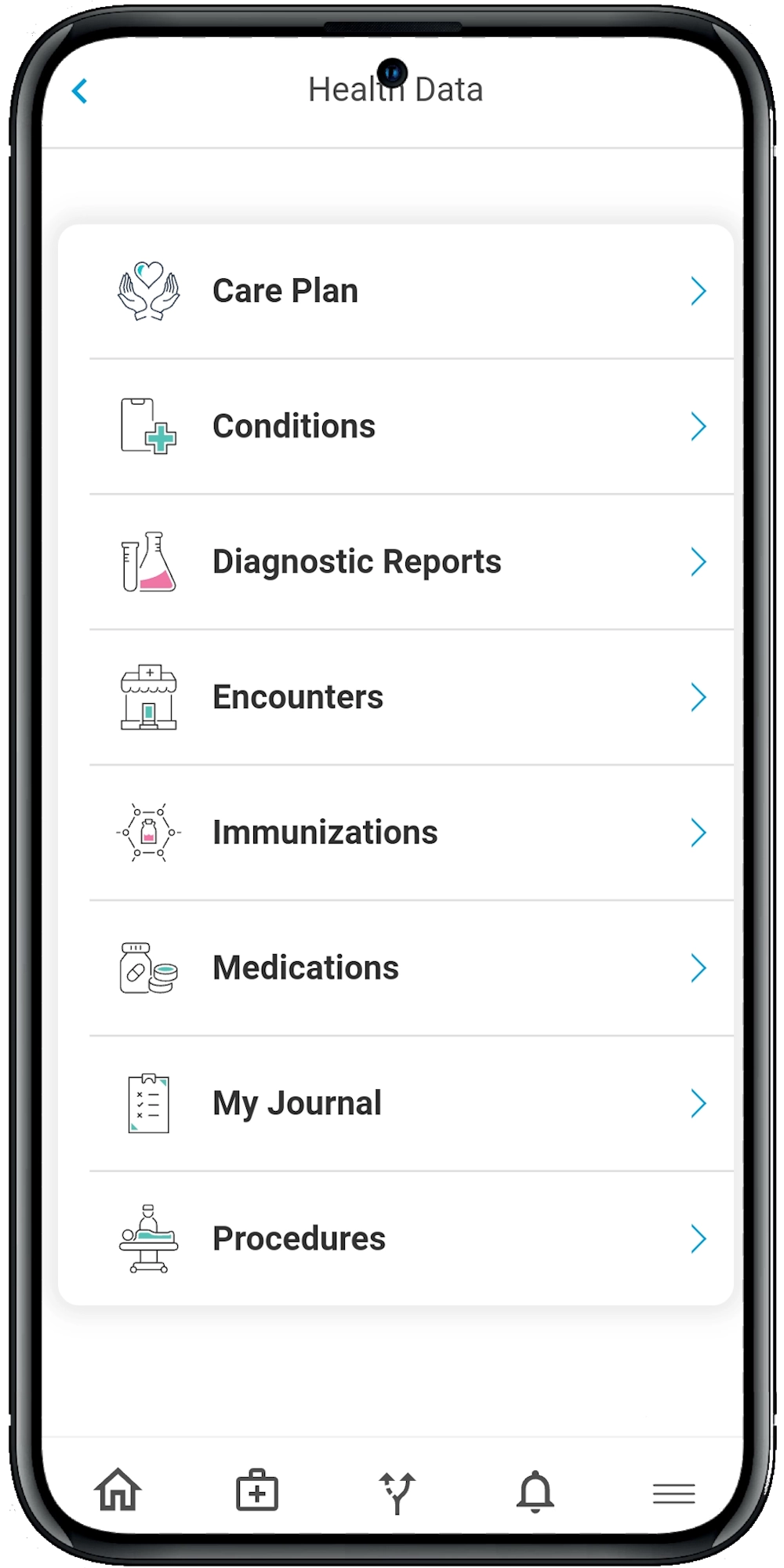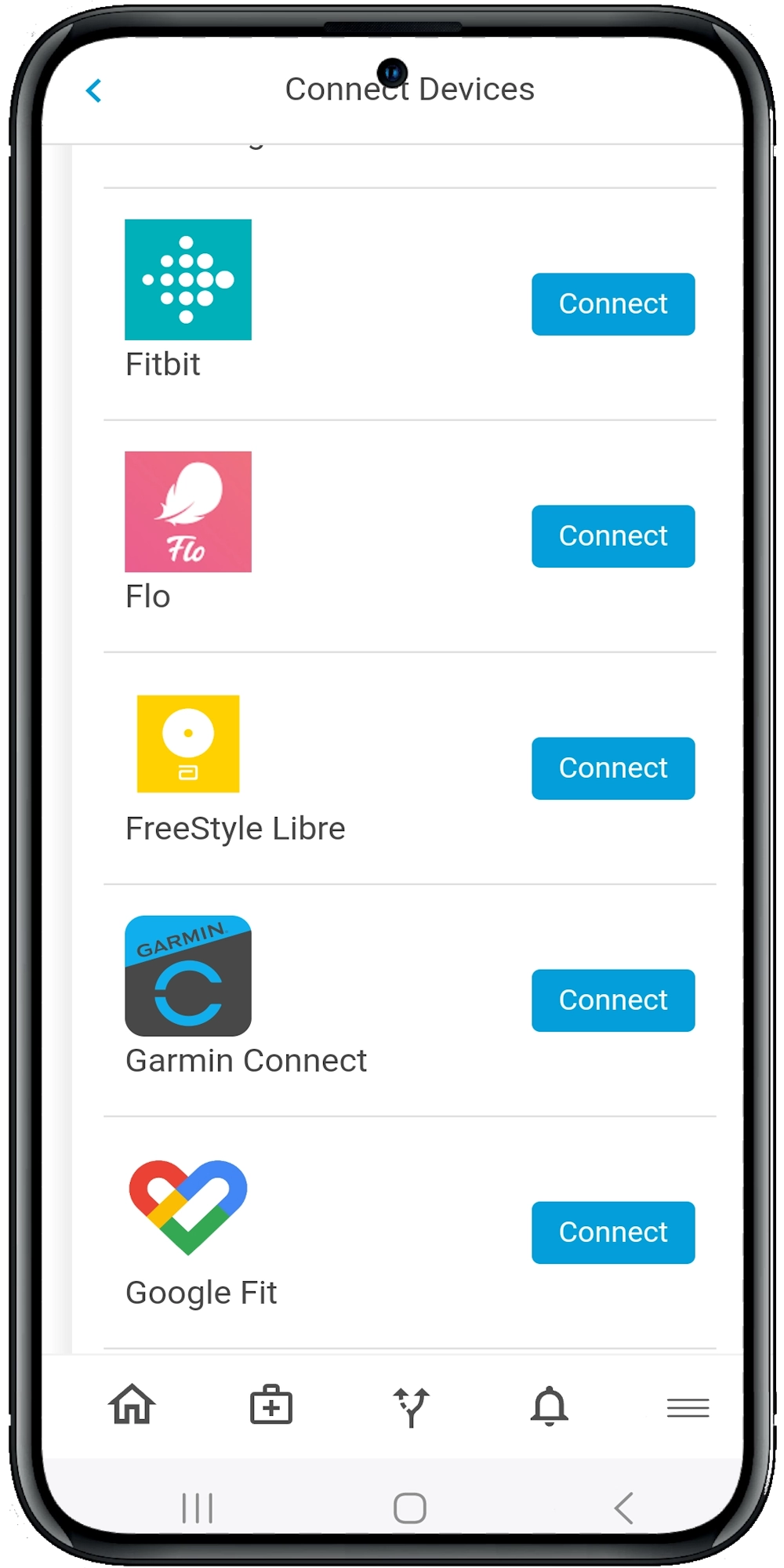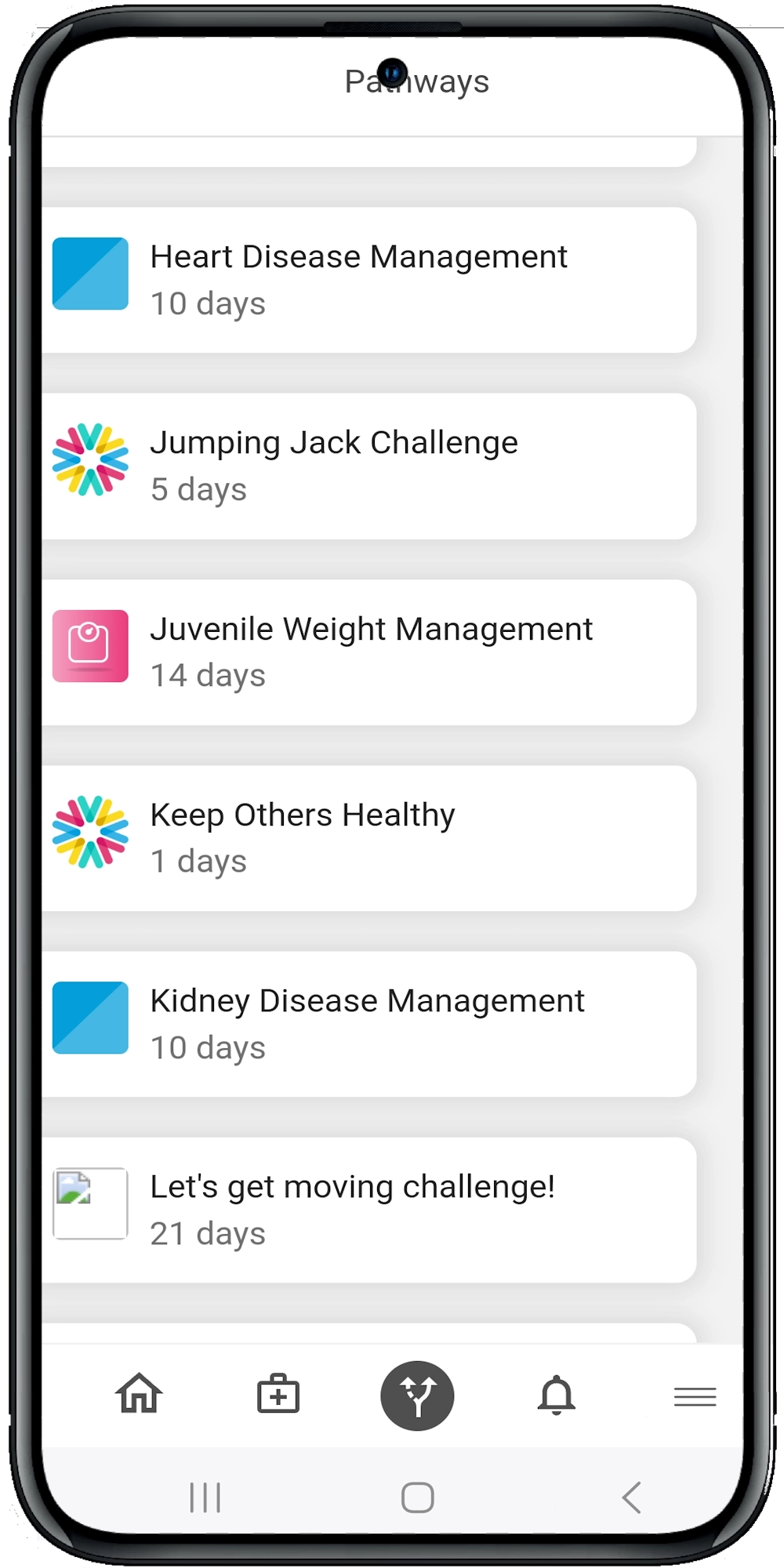Data Analytics for Enhanced Patient Care in Rural Healthcare
The Power of Data Analytics in Rural Healthcare
Predictive Analytics for Proactive Care
Early Disease Detection: By analyzing patient data, healthcare providers can identify early signs of chronic diseases such as diabetes or heart disease. This proactive approach allows for early intervention, which can significantly improve patient outcomes.
Risk Stratification: Data analytics can help in categorizing patients based on their risk levels. This enables healthcare providers to prioritize high-risk patients and allocate resources more effectively.
Resource Optimization
Efficient Staffing: By analyzing patient influx data, healthcare facilities can optimize staff schedules to ensure that there are enough healthcare professionals available during peak times.
Inventory Management: Data analytics can predict the usage patterns of medical supplies, ensuring that rural healthcare facilities are well-stocked without overstocking, which can be costly.
Telehealth Integration
Remote Monitoring: Data analytics can be integrated with telehealth platforms to monitor patients remotely. For instance, wearable devices can collect and transmit patient data, which can then be analyzed to detect any anomalies.
Virtual Consultations: By analyzing patient data, telehealth platforms can provide personalized recommendations and facilitate virtual consultations with specialists, reducing the need for patients to travel long distances.
Population Health Management
Health Trends Analysis: Data analytics can identify health trends within a rural community, such as the prevalence of certain diseases or health behaviors. This information can guide community health initiatives and preventive care programs.
Targeted Interventions: By understanding the specific health needs of a community, healthcare providers can design targeted interventions, such as vaccination drives or health education programs.
Implementing Data Analytics in Rural Healthcare
Invest in Technology Infrastructure
Electronic Health Records (EHRs): Implementing EHR systems is crucial for collecting and storing patient data. Ensure that these systems are user-friendly and compatible with data analytics tools.
Internet Connectivity: Reliable internet connectivity is essential for data transmission and telehealth services. Collaborate with local governments and organizations to improve internet access in rural areas.
Train Healthcare Professionals
Data Literacy: Provide training programs to enhance the data literacy of healthcare professionals. This will enable them to understand and utilize data analytics tools effectively.
Continuous Education: Encourage continuous education and professional development to keep healthcare providers updated on the latest advancements in data analytics.
Collaborate with Data Analysts and IT Experts
Interdisciplinary Teams: Form interdisciplinary teams that include healthcare providers, data analysts, and IT experts. This collaboration can ensure that data analytics tools are tailored to the specific needs of rural healthcare practices.
Outsourcing: If in-house expertise is limited, consider outsourcing data analytics tasks to specialized firms.
Real-World Applications of Data Analytics in Rural Healthcare
Chronic Disease Management in Rural Clinics
Case Study: A rural clinic in Iowa implemented a data analytics platform to manage diabetic patients. By analyzing patient data, the clinic identified those at high risk of complications and provided targeted interventions. The result? A significant reduction in hospital admissions and improved patient outcomes.
Telehealth in Remote Areas
Case Study: In a remote area of Alaska, a telehealth program integrated with data analytics was launched to monitor patients with cardiovascular diseases. Wearable devices collected patient data, which was analyzed to detect early signs of heart issues. This proactive approach led to timely interventions and reduced emergency room visits.
Community Health Initiatives
Case Study: A public health department in rural Georgia used data analytics to analyze health trends within the community. They identified a high prevalence of obesity and launched a targeted health education campaign. The initiative led to increased awareness and a gradual decrease in obesity rates.
The Future of Data Analytics in Rural Healthcare
Artificial Intelligence (AI) Integration
AI-Powered Analytics: The integration of AI with data analytics can enhance predictive capabilities, enabling even more accurate risk stratification and early disease detection.
Natural Language Processing (NLP): NLP can analyze unstructured data, such as physician notes, to extract valuable insights and improve patient care.
Blockchain for Data Security
Enhanced Security: Blockchain technology can ensure the security and integrity of patient data, addressing concerns related to data privacy and security.
Interoperability: Blockchain can facilitate seamless data sharing between different healthcare providers, improving care coordination.
Patient-Centric Analytics
Personalized Care: Data analytics will increasingly focus on personalized care, tailoring interventions to individual patient needs and preferences.
Patient Engagement: Empower patients by providing them access to their own health data and involving them in decision-making processes.
Summary and Suggestions
In conclusion, data analytics holds the key to transforming rural healthcare by enhancing patient care, optimizing resources, and enabling proactive interventions. As healthcare professionals, embracing data analytics can help you overcome the unique challenges of rural healthcare and deliver better outcomes for your patients. Explore our website for more resources or schedule a demo to learn how our digital health platform and solutions can support your practice.




